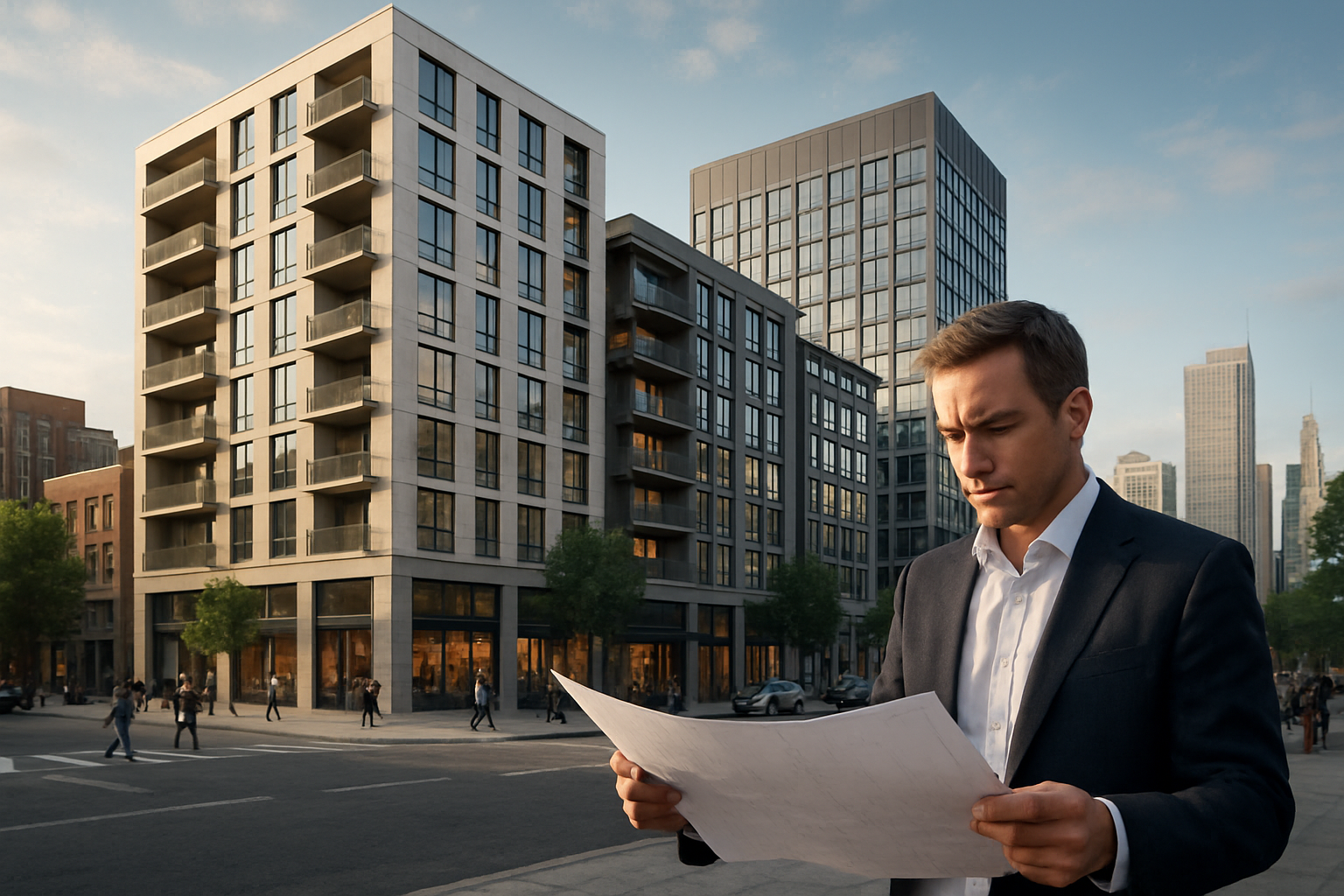Zoning Law Innovations: Reshaping Urban Landscapes
Introduction: Urban development faces unprecedented challenges in the 21st century. As cities grapple with population growth, sustainability concerns, and evolving societal needs, zoning laws are undergoing a revolutionary transformation. This article explores cutting-edge innovations in zoning regulations that are redefining how we plan, build, and live in our urban environments.

Form-Based Codes: Prioritizing Urban Design
One of the most significant innovations in zoning law is the adoption of form-based codes. Unlike traditional use-based zoning, form-based codes focus on the physical form of buildings and their relationship to the public realm. This approach emphasizes urban design principles, encouraging mixed-use developments, walkable neighborhoods, and context-sensitive architecture. Cities like Miami and Denver have implemented form-based codes to great effect, resulting in more cohesive and attractive urban environments that prioritize human scale and community interaction.
Performance-Based Zoning: Flexibility for Innovation
Performance-based zoning represents another paradigm shift in land use regulation. This approach sets specific performance standards for developments, such as noise levels, traffic generation, or environmental impact, rather than prescribing rigid uses. By focusing on outcomes rather than specific uses, performance-based zoning allows for greater flexibility and innovation in urban development. This method has gained traction in cities like Fremont, California, where it has facilitated the integration of clean industrial uses within mixed-use districts, promoting economic diversity and reducing commute times.
Inclusionary Zoning: Addressing Housing Affordability
As housing affordability crises grip major cities worldwide, inclusionary zoning has emerged as a powerful tool to promote mixed-income communities. This approach requires or incentivizes developers to include a percentage of affordable housing units in new residential developments. Cities like New York and San Francisco have implemented robust inclusionary zoning policies, resulting in the creation of thousands of affordable housing units in desirable neighborhoods. While controversial, these policies are reshaping urban demographics and challenging long-standing patterns of socioeconomic segregation.
Transit-Oriented Development Zoning: Sustainable Urban Growth
Transit-oriented development (TOD) zoning is revolutionizing how cities approach growth and transportation planning. This innovative approach focuses on creating high-density, mixed-use developments around public transit hubs. By integrating housing, commercial spaces, and public amenities near transit stations, TOD zoning reduces car dependency, promotes sustainable transportation, and creates vibrant urban nodes. Cities like Arlington, Virginia, have successfully implemented TOD zoning, transforming suburban corridors into dynamic urban centers and significantly reducing carbon emissions.
Green Zoning: Integrating Sustainability into Urban Fabric
As climate change concerns intensify, cities are incorporating sustainability principles directly into their zoning codes. Green zoning innovations include requirements for renewable energy installations, green roofs, permeable surfaces, and urban agriculture. Cities like Seattle have pioneered green zoning practices, mandating green building standards for new developments and incentivizing sustainable design features. These regulations are not only improving environmental outcomes but also creating healthier, more resilient urban environments.
Challenges and Future Directions
While zoning innovations offer promising solutions to urban challenges, their implementation is not without obstacles. Resistance from property owners, concerns about gentrification, and the complexity of overhauling existing zoning systems pose significant hurdles. Moreover, the long-term impacts of these new approaches are still being evaluated, requiring ongoing research and adaptation.
Looking ahead, the future of zoning law will likely see further integration of technology, with smart city concepts informing zoning decisions. The use of data analytics and artificial intelligence in urban planning could lead to more responsive and dynamic zoning regulations that adapt to changing urban conditions in real-time.
As cities continue to evolve, so too will the legal frameworks that shape them. These zoning innovations represent a critical shift towards more holistic, flexible, and sustainable urban development strategies. By embracing these new approaches, cities can create more livable, equitable, and resilient communities capable of meeting the complex challenges of the 21st century.





